Top-5 aircraft Tupolev Design Bureau
His son also worked shoulder to shoulder with his father. In the 1942 year, after graduating from secondary school in Omsk in evacuation, Alexey began working in the design office (TsKB-29 of the NKVD of the USSR) under the guidance of his father. In 1943, Tupolev Jr. entered the Moscow Aviation Institute named after Sergo Ordzhonikidze (today it is the Moscow Aviation Institute - National Research University), which he graduated from in 1949 year. After that, he returned to Andrei Tupolev's design bureau to the position of designer. For more than 90 years of existence within the walls of this design bureau, more than 300 various aircraft, snowmobiles and small vessels have been developed. Approximately 100 projects were then built in metal, and more than 50 were mass-produced. In total, more than 18 thousands of aircraft under the brand Tu. Below is the 5 of the most prominent aircraft of the KB, three combat and two civilian. All five models are still in operation.
Tu-22M3
At the beginning of the 1960s, the Tupolev Design Bureau and the entire aviation industry of the country faced the question of which development path should be followed when creating a long-range bomber. The dilemma consisted in the following: it is necessary to create a single-mode, ultrahigh-speed aircraft, of course, very expensive; or make a multi-mode machine that would have a moderate cruising speed and a moderate price, but at the same time it had the ability to break through the enemy’s air defense at high supersonic speeds. After a detailed study of several projects in Tupolev Design Bureau, it was decided that for a number of technical and economic indicators it was rational to create a multi-mode aircraft that would take into account the latest technological advances in the field of aircraft construction, in particular, it was planned to use a wing-variable sweep and powerful and cost-effective dual-circuit turbofans. So in the middle of the 1960-s, the design of the 145 aircraft was born in the design bureau, which eventually became the Tu-22M and was originally a deep modernization of the mass-produced missile-carrier Tu-22K.
In the course of further work on the project, it was possible to speak of any modernization very conditionally. By the time of the first flight, the created bomber was a fundamentally new machine, which had little in common with the prototype and the original project. After a period of improvements that took 5 years, this most complicated at the time of time aviation-missile system in the version of the Tu-22М2 was adopted by the Soviet Air Force. And after 5 years, the first missile carriers Tu-22МЗ went to the front-line units. At the same time, the tactical flight characteristics of the Tu-22М3 were substantially superior to those of the first versions of the Tu-22М.
It is worth noting that the Tu-22M series of bombers became advanced machines for their time, technical developments on these aircraft were used in the future to create both passenger and combat vehicles, along with all the aviation design bureaus of the Soviet Union (4 generation aircraft). For the first time in the Soviet Union, the aircraft received a complex and fairly effective set of interrelated both analog and digital crucial systems of aviation and radio electronic equipment.
The Tu-22M series aircraft were built according to the normal aerodynamic configuration and had a low-wing variable swept wing. When creating the aircraft, aluminum alloys were widely used, as well as heat-resistant and high-strength steels, magnesium and titanium alloys. The wing of the aircraft consisted of a fixed part and swivel consoles. The sweep angle of the rotary consoles implemented in the wing was in the range from 20 ° to 65 °. The fuselage of the aircraft was made of semi-monocoque type, the aircraft had a tricycle retractable landing gear with a nose strut. The power plant of the machine consisted of two TRDDF (a turbojet dual-circuit engine with a compression chamber) NK-25. An auxiliary power unit TA-6А was mounted in the forkil of the aircraft.
His first flight of the aircraft under the symbol Tu-22М0 made 30 August 1969 of the year. The test pilot VP Borisov raised the car to the sky. The first prototype of the missile carrier Tu-22М3 first rose into the sky 20 June 1977. After performing an extensive flight test program, the Tu-22М3 was put into mass production in 1978 in the year, but in final form the aircraft was adopted by the Soviet Air Force only in March 1989.
Tu-22M aircraft took an active part in the hostilities in Afghanistan, as well as at the initial stage of the antiterrorist operation in the Chechen Republic. Currently, Tu-22М3 airplanes are still successfully serving as part of the aviation forces of the Russian Air Force. Tupolev Design Bureau is working on further options for upgrading this bomber in accordance with the new requirements that are being put forward today to this aviation strike complex. In total for the entire time of production at the Kazan Aviation Production Association approximately 500 Tu-22M aircraft of various modifications were produced.
Flight technical characteristics of the Tu-22М3:
Overall dimensions: the length of the aircraft - 42,46 m, the height of the aircraft - 11,05 meters; wing span with sweep 20 ° - 34,28 m (wing area 183,57 м2), with sweep 65 ° - 27,7 m (wing area 175,8 м2).
Maximum take-off weight - tons of 124.
The power plant - 2TRDDF NK-25, power 2х14500 kgf (without boost), 2XXNNUMX kgf (fast and the furious).
The maximum flight speed is 2000 km / h.
Tactical range - 2200 km.
Practical ceiling - 14 000 km.
Crew - 4 person.
Armament - one 23-mm gun GSH-23L, combat load - up to 24 000 kg (maximum) and 12 000 kg (normal).
Tu-95MS
Already in 1950-ies, it was clear that the future belongs to the aircraft turbojet or equipped with turboprop engines. In the first half of the 50-s, working in this direction, the Tupolev design bureau created a strategic intercontinental bomber and cruise missile carrier Tu-95, which is still in service with the Russian Air Force. Equipped with the four most powerful turboprop engines in the world, the Tu-95, according to the technical solutions used, still has no analogues in the world. Beginning with 1955, this aircraft is being built in series and remains in service with long-range aviation in the country. Along with the “Myasishchevsky” M-4 and 3M, the Tu-95 until the adoption of the first Soviet intercontinental ballistic missiles was a real deterrent in the nuclear confrontation between Moscow and Washington.
The aircraft was produced in the following versions - Tu-95 bomber, Tu-95K missile carrier, Tu-95MR strategic scout and reconnaissance and target designation aircraft for the Tu-95RC RC. In the late 1960s, through deep modernization of the machine, the long-range Tu-142 anti-submarine defense aircraft was developed, which has passed a difficult development path and is still in service with Russian aviation fleet. In the late 1970s and early 1980s, the Tupolev Design Bureau based on the design of the Tu-142M aircraft designed a strategic bomber-carrier rocket carrier - carrier of long-range cruise missiles, which received the designation Tu-95MS. At the moment, it is this aircraft that forms the basis of the Russian nuclear deterrence aviation. In total, up to the beginning of the 90s of the last century, approximately 400 Tu-95 and Tu-142 aircraft were produced in our country.
It is worth noting that the design of the Tu-95 has become the basis for the first domestic passenger aircraft capable of intercontinental flights - the Tu-114. Also on the basis of this machine, Tupolev residents created a specialized DRLO complex - Tu-126, which had unique characteristics. This aircraft almost 20 years successfully flew off in the domestic air defense system.
The Tu-95MS rocket carrier is an all-metal monoplane with a mid-swept wing and one-fin tail. The use of this aerodynamic layout allows to achieve high aerodynamic characteristics at high flight speeds of the machine. Improvements in performance characteristics have also been achieved due to the large elongation of the wing, as well as the appropriate choice of the angle of its sweep and the set of profiles used along its span. Tu-95MS aircraft are equipped with a powerful power plant of four ND-12MP turboproads with coaxial four-blade propellers. Fuel stock is stored in 8 hermetic compartments of the wing box (so-called caissons), as well as in three soft tanks located in the center section and the rear part of the aircraft fuselage. The aircraft has a “boom” that allows you to refuel the car in the air.
At this point in time, the Tu-95MS remain one of the significant elements of the Russian strategic forces. The aircraft has a large modernization potential, which allows the aviation and missile system to remain in service. This mainly concerns the installation of new equipment and adaptation to the use of more effective missiles.
Flight technical characteristics of the Tu-95MS:
Overall dimensions: length - 49,13 m, height - 13,3 m, wingspan - 50,4 m, wing area - 295 sq. m.
Maximum take-off weight - 185 tons.
The power plant - 4HKH-12MP, power 15 000 hp each.
The maximum flight speed is 830 km / h.
Fighting range - 6500 km.
Practical ceiling - 10 500 km.
Crew - 7 man.
Armament - two 23-mm guns GSH-23 or GSH-23L, normal combat load - 9000 kg, maximum - 20 000 kg.
Tu-160
As in the case of the Tu-22M long-range supersonic bomber, the general course of design work and the analysis of foreign and domestic experience led the design bureau to the idea of creating a multi-mode intercontinental "strategist". The designers have chosen the path to create a four-engine strategic bomber equipped with a variable sweep wing with an integrated fuselage and wing layout. When creating the new Tu-160, the Tupolev team made the most of the accumulated experience that was available in design offices by the 1970 years and was obtained during the creation of the Tu-22M and the supersonic passenger aircraft Tu-144. In particular, in the field of power plants, aerodynamics, weapons and equipment. An experienced copy of the new machine began flying in the 1981 year, and in 1987, the first Tu-160 began to arrive in combat units. In total, more than 30-like aircraft were built, of which 15 are currently in service with the Russian Air Force.
The Tu-160 strategic bomber, armed with long-range cruise missiles, is a system capable of delivering powerful blows at enemy targets located at intercontinental distances from the bomber's base. In this case, the aircraft has great potential for development. In particular, in the Tupolev Design Bureau together with other enterprises and organizations, work is underway to develop an aerospace system based on the Tu-160, as well as to expand the tactical capabilities of the strategic bomber. In the 1980-ies in the Tupolev Design Bureau considered the possibility of developing several target versions of aircraft for different purposes.
The bomber was made according to the scheme of the integral nizkoplan, having a variable sweep wing. The aircraft is equipped with a full turning stabilizer and a keel and three-bearing landing gear. The mechanization of the Tu-160 wing consists of slats, double-slotted flaps, flaperons and spoilers are used for roll control. Four engines were mounted in pairs in nacelles located at the bottom of the fuselage. As an autonomous unit on the plane used APU TA-12.
The aircraft has two compartments for placing the payload, which are located in tandem (one after the other). The main materials of the airframe are titanium, heat-treated aluminum alloys, steel alloys, and composite materials. Given the range, the bomber got a toilet, a kitchen, and a sleeper. To implement the refueling of the Tu-160 in the air on it was mounted a refueling system of the “hose-cone” type. When organizing the mass production of the machine, the fuselage, center section and turning units of the wing consoles were produced by the Kazan aircraft plant, the tail assembly and air intakes - the Irkutsk aircraft plant, wings and the engine compartments - the Voronezh aircraft plant, the chassis - the Kuibyshev plant.
In the design of the wing of the aircraft, monoblock caissons were widely used, which were assembled from monolithic profiles and panels with a length of 20 meters. The aircraft fuselage was assembled from large sheets, stampings and profiles using special riveting. Mechanization of the wing and control units (keel, stabilizer, flaps, flaperones, etc.) were carried out with extensive use of composite and metal glued panels with honeycomb core. According to the official site of the Tupolev Design Bureau, the Tu-160 is the largest in stories military aircraft supersonic aircraft, as well as aircraft with variable geometry of the wing. In addition, it is the heaviest combat aircraft in the world, with the highest take-off weight among all bombers.
Flight technical characteristics of the Tu-160:
Overall dimensions: length - 54,1 m, height - 13,2 m, wing span (sweep 20 °) - 55,7 m, wing span (sweep 65 °) - 13,6 m, wing area - 360 square. m
Maximum take-off weight - 275 tons.
The power plant - 4 TRDDF NK-32, power 4х18000 kgf, 4х25000 kgf (afterburner).
The maximum flight speed is 1800 km / h.
Practical range with normal bomb load - 14 000 km.
Practical ceiling - 15 000 m.
Crew - 4 person.
Armament: various target loads with a total mass of standard - 22 500 kg, maximum - 40 000 kg (strategic and tactical cruise missiles, short-range SD with nuclear and non-nuclear warheads, various types of CAB and conventional bombs).
Tu-154
The Tu-154 aircraft along with the Tu-134 became one of the most successful projects of the Tupolev design bureau in the field of creating passenger airliners. Work on the creation of this medium-haul passenger aircraft began in 1963 year. The design was aimed at creating the most economical and efficient machine in its class. The first flight of the passenger liner made 3 October 1968 of the year. A test pilot Yu. V. Sukhov raised the car into the sky. The first production aircraft took to the skies in the 1970 year.
Soon after, the usual Tu-154 was followed by a Tu-154, featuring more powerful engines and an increased flight range. The maximum take-off weight of this machine was 94 tons. The first regular flight with passengers aboard the Tu-154 made 9 February 1972 of the year. At the end of 1975, a new version of the Tu-154B was created at the Tupolev Design Bureau, which had a maximum take-off weight of 98 tons. The Tu-154B received a reinforced airframe design, a refined control system and fuel system, as well as improved equipment. In addition to the base model, Tu-154B-1 and Tu-154Б-2 aircraft were designed for the 160 and 180 passengers, respectively. In the 1980-ies, a small series produced a cargo version of the Tu-154С aircraft, also produced “cabin” versions of the airliner and flying laboratories created for the “Buran” project.
The Tu-154М aircraft became the most advanced and popular among all Tu-154 variants, in which the designers managed to significantly increase the aircraft’s economic performance and improve the competitiveness of the aircraft on the world by using new, more economical engines and improving the aerodynamics of the aircraft’s glider and its power plant. civil aviation market. The manufacturer of the Tu-154 aircraft was the Kuibyshev Aviation Plant, now called Aviacor-Aviation Plant OJSC (Samara). In total, 930 Tu-154 airplanes of various types were assembled, of which 166 airplanes were sold abroad, mainly a modification of the Tu-154M. Currently, hundreds of aircraft of this type are still being used in civil aviation of Russia and other countries.
With this in mind, Tupolev citizens continue to pay attention to this aircraft, working to maintain the Tu-154 fleet, as well as possible ways to modernize the aircraft. These works today are more than justified. In the modern realities of Russia and the state of the aviation industry, the Tu-154 for at least another ten years will be in active use in one form or another until it is completely replaced by new machines.
In general, the aerobatic complex installed on the Tu-154M meets not only all applicable, but also promising requirements of ICAO and EUROCONTROL. The complex includes a TCAS airborne collision warning system, a satellite navigation system interlinked with ABSU, a TAWS early warning system and other modern equipment.
Flight technical characteristics of the Tu-154M:
Overall dimensions: length - 47,9 m, height - 11,4 m, wingspan - 37,55 m, wing area - 202 sq. m.
Maximum take-off weight - tons of 104.
The power plant is 3XD-30CU-154, thrust 3x11000 kgf.
Cruising flight speed - 900 km / h.
Practical range - 3900 km.
Practical ceiling - 12 100 m.
Crew - 3 person.
The number of passengers is 164-175.
Tu-214PU
In the first half of the 70 of the last century, the Tupolev Design Bureau began to think about a promising comprehensive program for the development of passenger aviation. As part of this program, it was planned to create an open unified basic design of the main aircraft, on the basis of which, over time, you could get the entire line of main passenger airliners: from short-haul to long-haul aircraft of relatively small capacity to giant airbuses intended for transporting hundreds of people. After several years of research in this direction, the Tupolev residents decided to focus on creating the basic concept of the modern medium-haul Tu-204 aircraft. This aircraft had to meet all the requirements that apply to passenger aircraft of the late XX and early XXI century.
Currently, the model Tu-214 (Tu-204-200) is presented on the market, which is a further development of the Tu-204-100, with increased take-off weight and new PS-110А engines to 90, as well as a reinforced fuselage and wing design . This liner is designed to operate on medium and long-haul lines. Aircraft certification was held in 2001 year, currently the machine is in operation and is mass-produced. Tu-214 is a modern, efficient narrow-body long-haul aircraft with two engines. They have a high level of comfort and fuel efficiency. The aircraft, as well as the PS-90A engine, were certified by the IAC AR and fully comply with international requirements for noise on the ground, as well as emissions of harmful substances into the earth's atmosphere.
Of particular interest is the model of the Tu-214PU - a flying command post. It is this special modification of the car that today holds the title of “the personal plane of the Russian president”. This model is significantly different from the serial: special equipment was installed on the aircraft, and the interior was created according to the original design. The Tu-214PU aviation control center is suitable for organizing telephone, telecode and documentary communication channels, as well as providing the most comfortable conditions for rest and work of passengers and crew members throughout the entire flight.
His first flight of the Tu-214PU made 11 May 2010 of the year. Currently, as part of the special flight unit "Russia" there are two such aircraft that can be used to transport the President of the country. The aircraft is used for medium-range flights across Russia and during the overseas visits of the President and Prime Minister of the Russian Federation. For long-distance visits, IL-96-300PU (М1) aircraft are used.
Flight technical characteristics of the Tu-214:
Overall dimensions: length - 46,2 m, height - 13,9 m, wingspan - 42 m, wing area - 182,4 sq. m.
Maximum take-off weight - 110,75 tons.
The power plant - 2 TRD PS-90A, thrust 2x16140 kgf.
Cruising speed - 810-850 km / h.
Practical range - 6500 km.
Practical ceiling - 12 100 m.
Crew - 3 person.
Maximum payload - 25 200 kg.
Passenger capacity - 210 people.
Information sources:
http://tass.ru/armiya-i-opk
http://www.airwar.ru
http://www.tupolev.ru
Materials from free sources
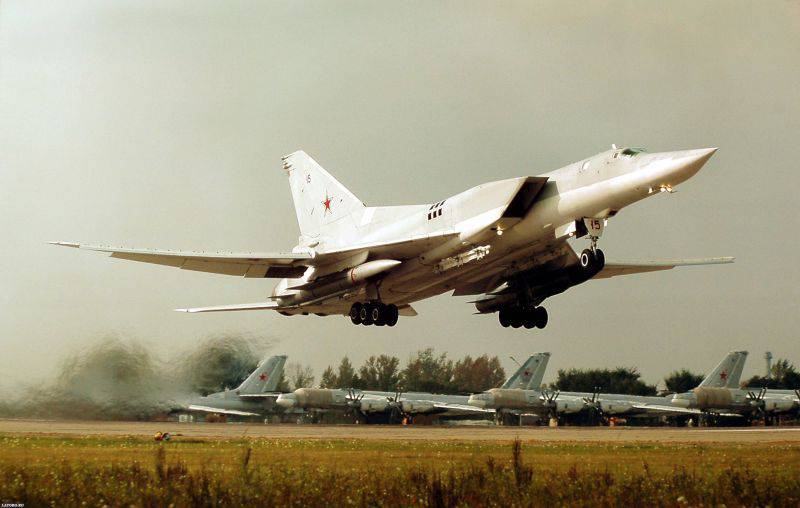
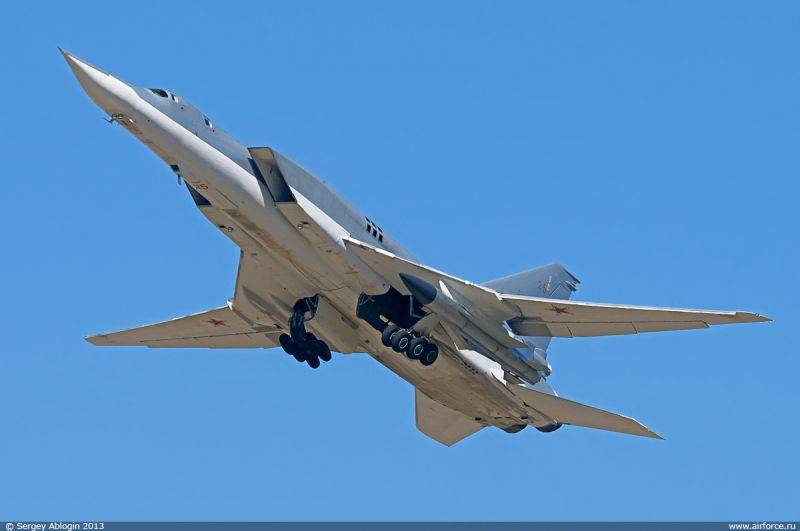
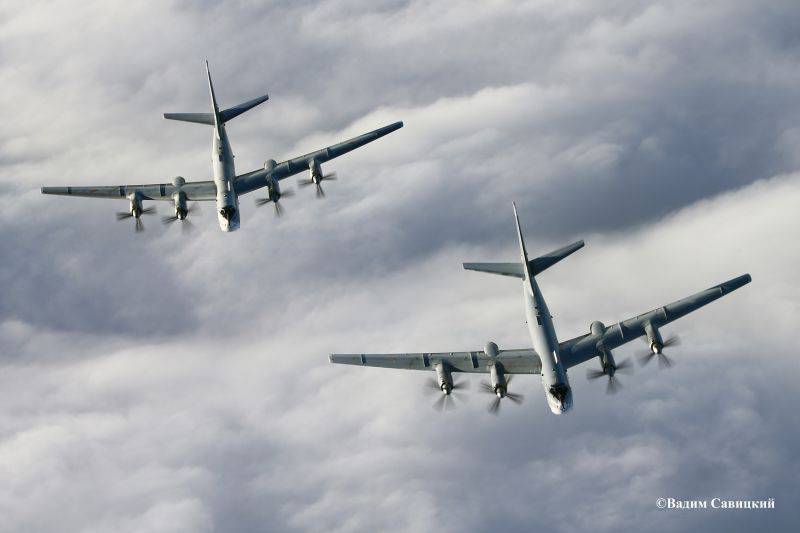
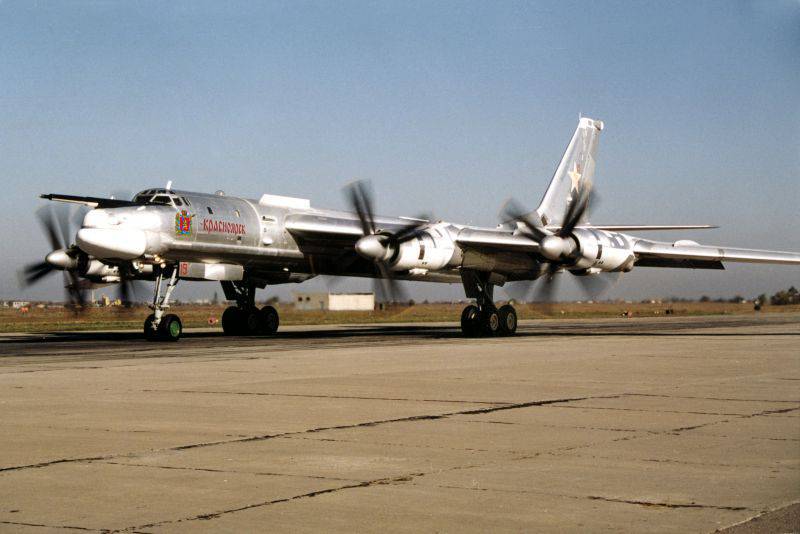
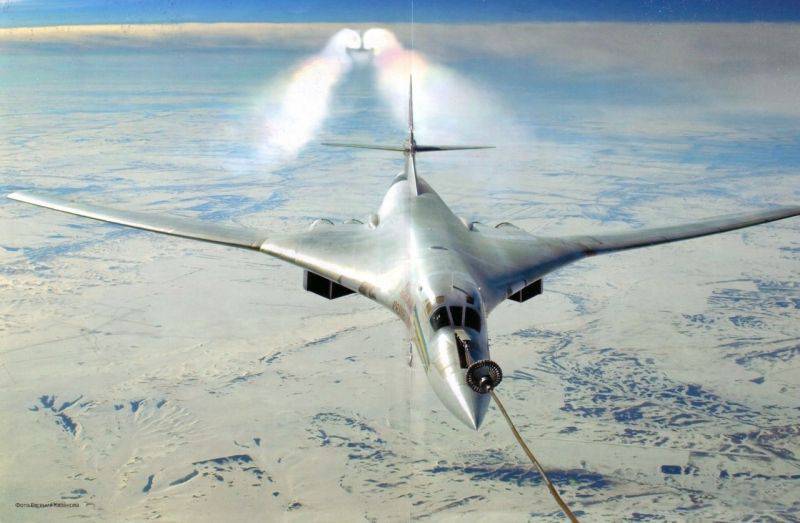
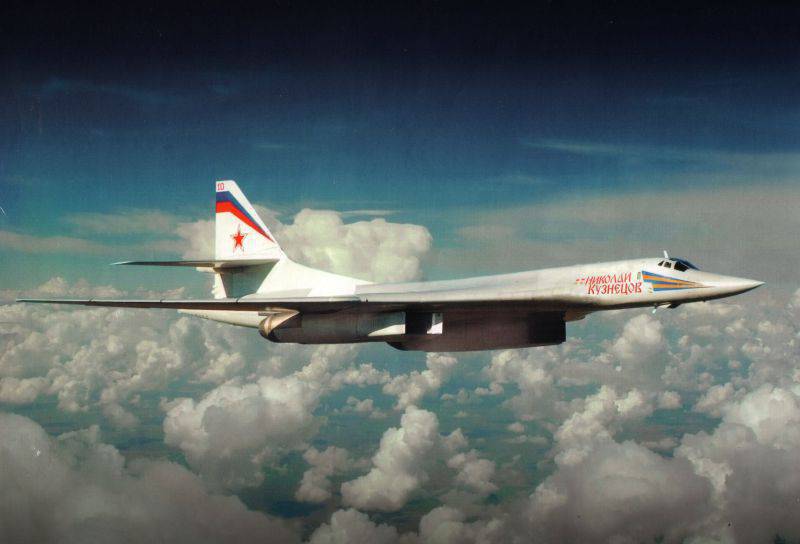
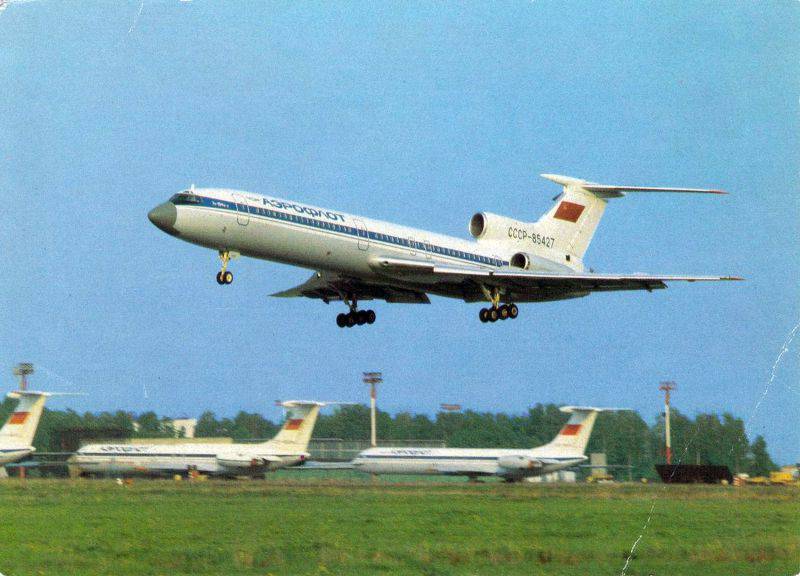
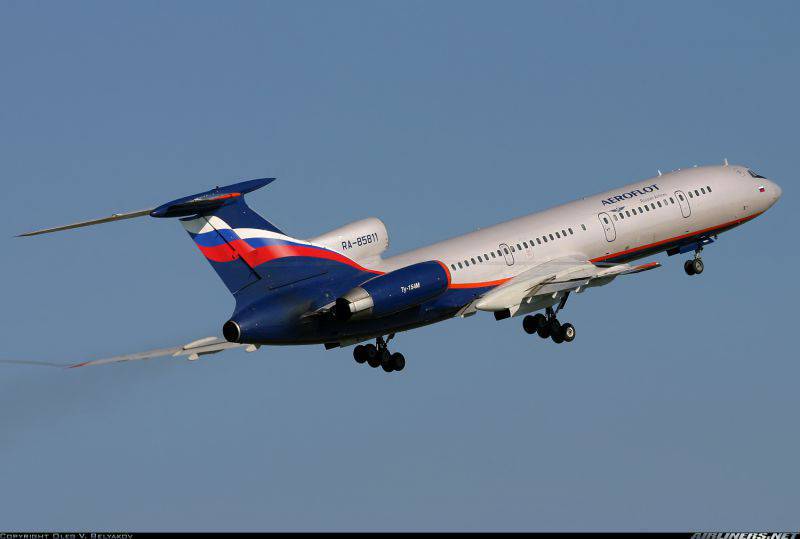
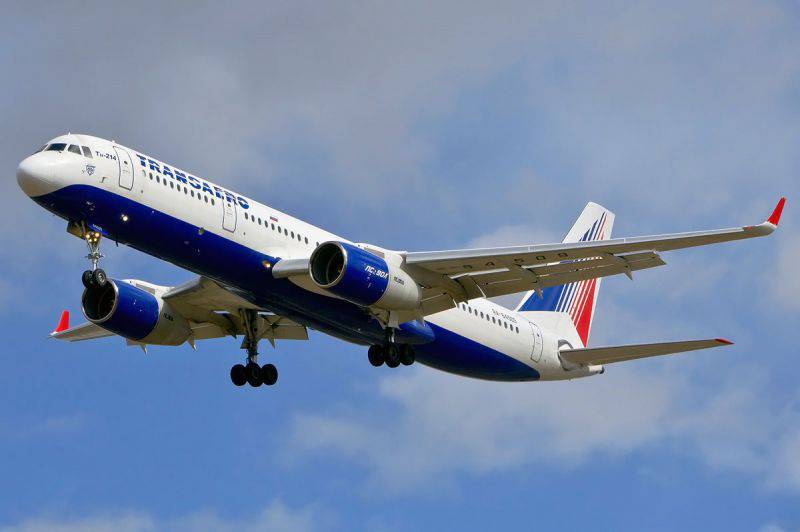
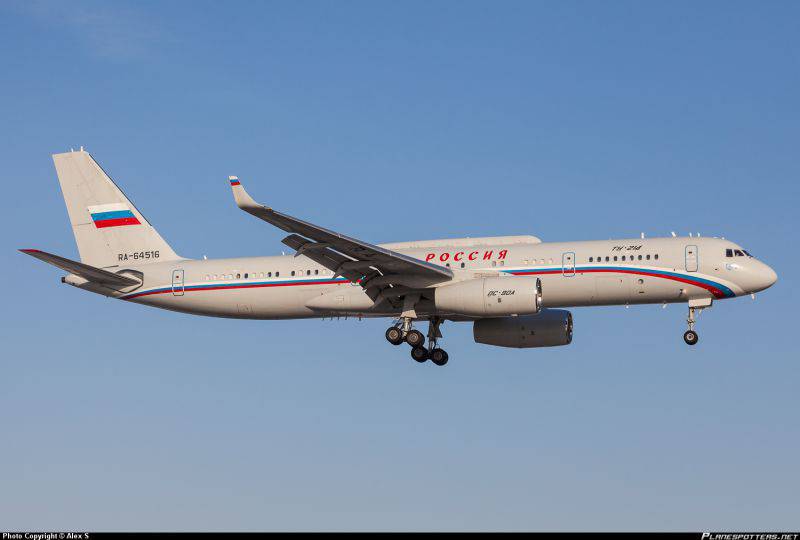
Information